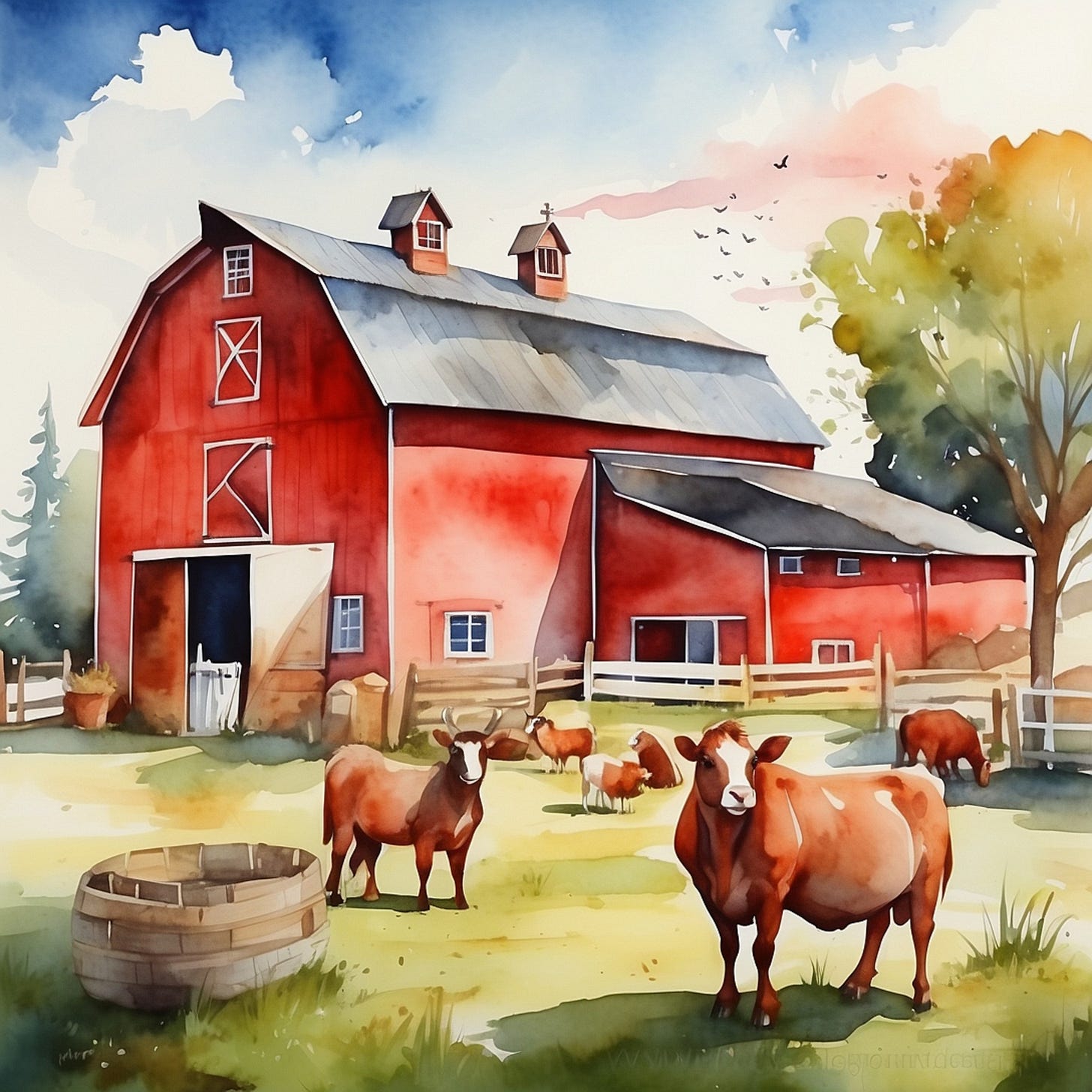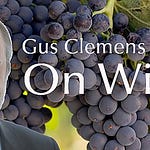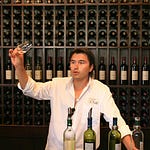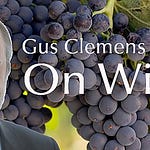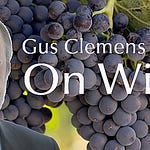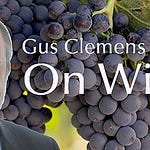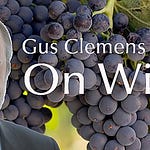This is the weekly column
Continuing our investigation of wine descriptors. Last week we noted wine shares the same molecules as familiar, pleasant tastes and smells. But what about all those weird descriptors?
Linnaea Mallette
• Barnyard/sheep butt: Associated with pinot noir, particularly from Burgundy but also sometimes from elsewhere. Believe it or not, it is an earthy scent often associated with quality—and it goes away with decanting or swirling in your glass. It should not be confused with “barnyard” associated with brettanomyces (brett), a yeast that invades wineries and can spoil wine (more about that later). So, there is good barnyard/sheep butt and bad barnyard/sheep butt. You want wine to be simple and easy?
• Farmyard: Associated with aged chianti. Kinder, gentler than “barnyard.” It describes earthy and vegetal undertones some wines develop. Like many such terms, used in admiration or deploration, depending upon the critic and the wine.
• Band-Aid: Smell associated with tempranillo and pinotage, usually means there is bit of brett (brettanomyces)—a yeast usually considered a flaw, but also considered a plus by some when it only slightly influences the wine. Different folks, different strokes. It mostly is associated with red wines. In low concentrations, it adds a spicy, leathery note. In higher concentrations, it ruins the wine.
• Wet wool/damp straw: Associated with chenin blanc. The aroma resembles lanolin, a fatty substance secreted by a sheep’s skin. The descriptor often occurs alongside mentions of honey, pears, lemon. Chenin blanc may be world’s most versatile grape—capable of almost any style. It is superb in the Loire Valley of France. Want upscale? Ask for “Vouvray,” chenin blanc’s greatest appellation. Swirl, inhale, wistfully comment on its whisper of wet wool wafting amid notes of wild honey and lemons.
• Cat pee: Associated with sauvignon blanc, particularly from cooler climate makers in New Zealand and France-Sancere. It arises from natural compounds called pyrazines that give sauv blanc its grassy, herbaceous notes. When weak, sometimes called “lantana bush.” When stronger, “cat pee.” Again, a symbol of quality that will blow away with some air. So don’t meow. Say: “oui, oui, Sancere cat pee is for me.”
Tasting notes
• Wine By Joe Pinot Noir, Oregon 2021 is wonderfully delicious, affordable Oregon pinot noir. Congenial example of the impressive quality of Oregon pinot noir. $19 Link to my review
• Auntsfield Single Vineyard Sauvignon Blanc, Southern Valley, Marlborough, New Zealand 2022: Checks all the boxes you want to check on a New Zealand sauv blanc. $17-22 Link to my review
Last round
What do you get if you divide the circumference of a bowl of ice cream by its diameter? Pi a la mode. Wine time.
Email: wine@cwadv.com
Newsletter: gusclemens.substack.com
Website: gusclemensonwine.com
Facebook: facebook.com/GusClemensOnWine/posts/
Twitter (X): @gusclemens
Long form wine stories on Vocal: Gus Clemens on Vocal




